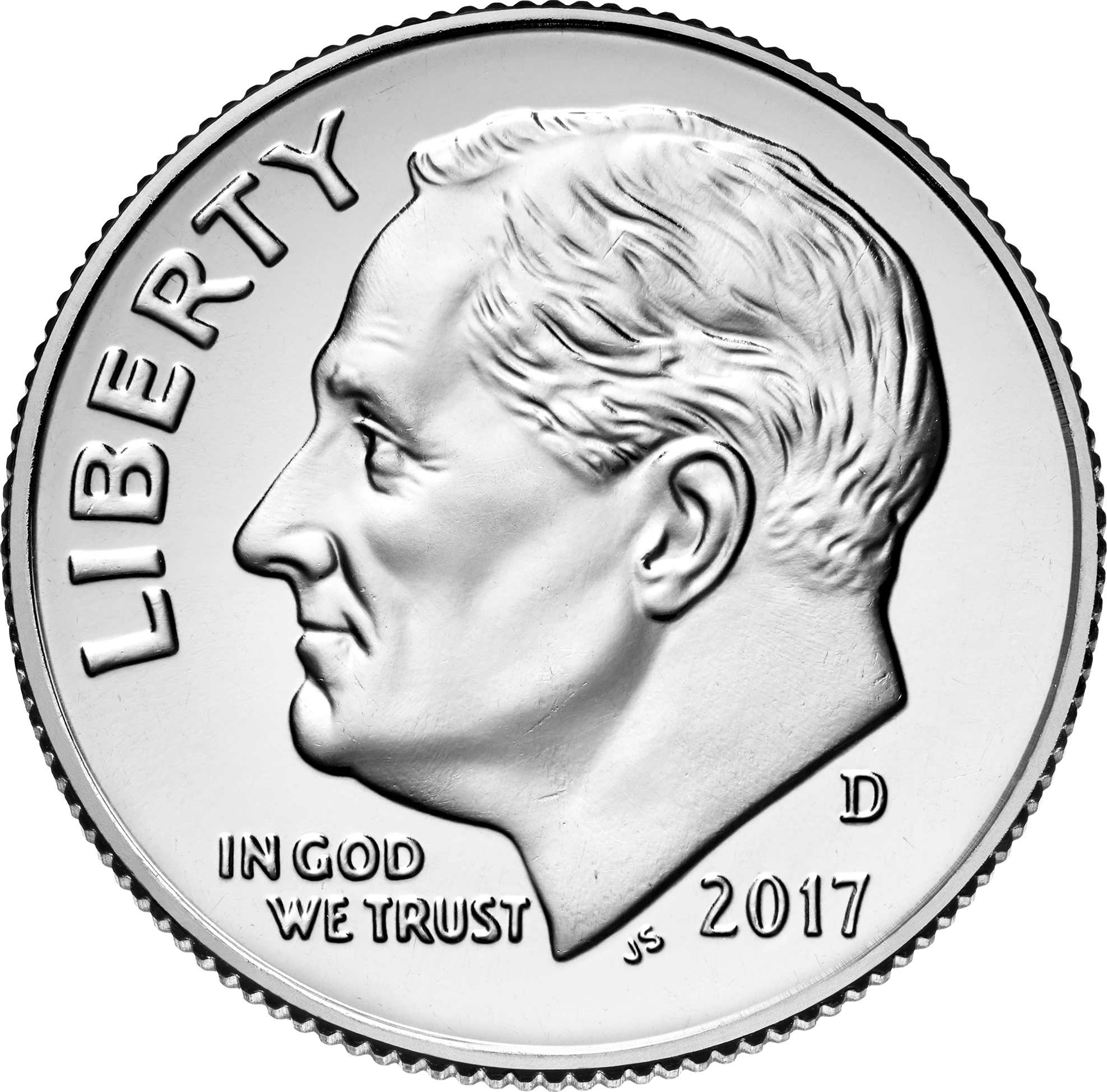How many dimes make a dollar in the U.S currency system you ask? We will delve into the value of dimes ,their relationship to other coins, and interesting facts about dimes in general
Table of Contents
- 1 The Evolution of Money: From Barter to Dimes
- 2 Understanding the Dime: A Coin with a Rich History
- 3 Decoding the Relationship Between Dimes and Dollars
- 4 Exploring the Value of Dimes in Comparison to Other Coins
- 5 Counting Coins: An Illustration of Combinations
- 6 Expanding on Other Coin Relationships
- 7 Fascinating Facts about Dimes
The Evolution of Money: From Barter to Dimes
Money, the universal medium of exchange, has evolved over centuries. From the barter system to the usage of shells and precious metals, we eventually arrived at the concept of coins. In the United States, the dollar emerged as the primary unit of currency, accompanied by coins of various denominations. Among these coins, the dime holds a special place. Let’s explore its value and its relation to the dollar.
Understanding the Dime: A Coin with a Rich History
The dime, a 10-cent coin, derives its name from the Latin word “Decimus,” signifying one-tenth. It is the smallest coin in size among the commonly used coins in the U.S. The dime features a diameter of 0.705 inches, a thickness of 0.053 inches or 1.35 millimeters, and weighs approximately 2.26 grams. On one side of the dime, you’ll find the visage of Franklin D. Roosevelt, while the other side displays an olive branch, a torch, and an oak branch. Notably, the edges of dimes possess distinct indentations known as reeds, totaling 118 reeds in a single dime.
Decoding the Relationship Between Dimes and Dollars
Now, let’s address the burning question: how many dimes make a dollar? The answer is quite straightforward. Ten dimes make a dollar. Since a dime represents one-tenth of a dollar, having ten dimes in your possession equates to having one dollar. This simple ratio between dimes and dollars allows for easy conversion and calculation in day-to-day transactions.
It’s important to note that the value of a dime is ten times that of a penny, which is the one-cent coin. This relationship highlights the significance of the dime in the U.S monetary system.
Exploring the Value of Dimes in Comparison to Other Coins
To gain a comprehensive understanding of the value of dimes, it’s vital to compare them to other commonly used coins. Let’s delve into the relationship between dimes and nickels, as well as dimes and quarters.
Dimes vs. Nickels: A Tale of Two Coins
While dimes and nickels may appear similar due to their silvery color, they differ in value and size. A dime holds a worth of 10 cents, whereas a nickel is valued at 5 cents. Thus, a dime is equivalent to the value of two nickels, and vice versa. Although the dime holds a higher value, the nickel is physically larger in size. Understanding these distinctions allows for a more comprehensive comprehension of their significance in monetary transactions.
Dimes vs. Quarters: Examining the Differences
The quarter, a 25-cent coin, stands as a significant denomination in the U.S currency system. When comparing dimes and quarters, it’s crucial to note that four quarters make up a dollar, while ten dimes hold the same value. This relationship showcases the varying denominations within the U.S monetary structure and provides insight into the flexibility of utilizing different combinations of coins to reach the value of a dollar.
Counting Coins: An Illustration of Combinations
To further illustrate the value of dimes and their relationship to a dollar, let’s consider a hypothetical scenario. Suppose Dan discovers a collection of coins in his pockets, consisting of a dime, two nickels, and six pennies. By understanding the value of each coin, we can determine the total worth of Dan’s collection.
A dime holds a value of 10 cents, while a nickel represents 5 cents, equivalent to half the value of a dime. Therefore, two nickels amount to $0.10. Additionally, a penny has a value of 1 cent, resulting in six pennies totaling 6 cents.
By adding these values together, Dan’s collection equals $0.10 + $0.10 + $0.06, which amounts to $0.26. This example underscores the importance of grasping the value and relationship between different coins to accurately calculate their cumulative worth.
Dime Relationships to Note:
- 1 Dime = 10 Cents
- 2 Dimes = 20 Cents
- 3 Dimes = 30 Cents
- 4 Dimes = 40 Cents
- 5 Dimes = 50 Cents
- 6 Dimes = 60 Cents
- 7 Dimes = 70 Cents
- 8 Dimes = 80 Cents
- 9 Dimes = 90 Cents
- 10 Dimes = 100 Cents = 1 Dollar
Expanding on Other Coin Relationships
In addition to exploring the relationship between dimes and dollars, let’s examine the value of other coins in relation to the dollar. This understanding further solidifies the integral role of dimes within the U.S currency system.
- 100 Pennies make 1 dollar
- 20 Nickels make 1 dollar
- 10 Dimes make 1 dollar
- 4 Quarters make 1 dollar
- 2 Half Dollars make 1 dollar
By examining these coin combinations, we gain a deeper comprehension of the value assigned to each coin and the diverse ways they can be utilized to equate the worth of a dollar.
Fascinating Facts about Dimes
As we continue to unravel the value of dimes, let’s explore some fascinating facts about these small yet significant coins.
The Composition of Dimes
Dimes minted in the United States since 1965 are clad coins, consisting of an outer layer made of nickel surrounding an inner core of copper. This composition results in dimes technically being comprised of nickel and copper, with nickel accounting for 8.33% of the coin’s overall composition. However, prior to 1965, dimes were composed of 90% silver and 10% copper, highlighting the historical evolution of coin composition.
The Weight of Dimes
Modern-day dimes weigh approximately 2.26 grams, which is equivalent to 0.08 ounces. To put this into perspective, if you were to hold ten dimes ($1) in your hand, their combined weight would amount to approximately 22.68 grams or 0.8 ounces.
The Thickness of Dimes
Dimes possess a thickness of 1.35 millimeters, equivalent to 0.053 inches. Visualizing this dimension, if you were to stack ten dimes ($1) from the ground, they would reach a height of approximately 13.5 millimeters or 0.53 inches.
To wrap up, understanding how many dimes make a dollar is essential for navigating the U.S monetary landscape. With ten dimes constituting a dollar, dimes play a significant role in day-to-day transactions. By comprehending the value of dimes and their relationships to other coins, individuals can easily calculate and manage their financial transactions. From its rich history to its unique composition, the dime serves as a testament to the intricate nature of the U.S currency system. So, the next time you handle dimes, remember their worth and the role they play in our monetary ecosystem.




